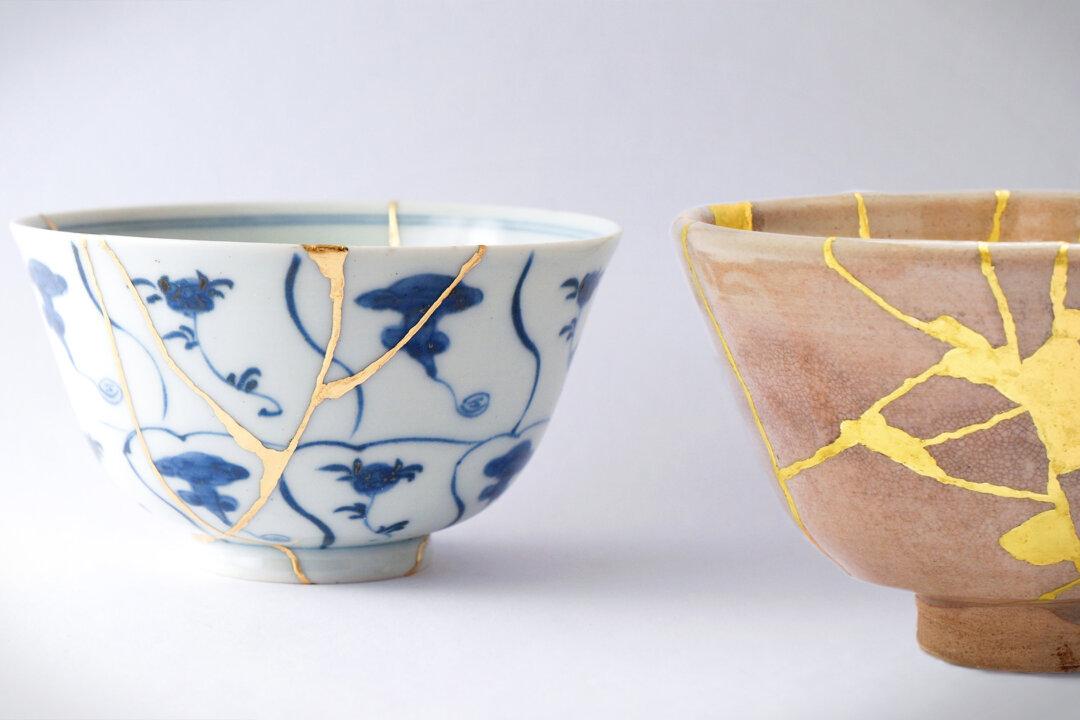Japanese Zen philosophy has inspired a culture that finds beauty in imperfection. This idea is found in the crack of a teacup in the art of kintsugi.
Where we Westerners might consider it broken and useless, the Japanese pieced together such broken ceramics using lacquer and then sprinkled the joints with powdered gold to decorate—and indeed celebrate—the flaw.






